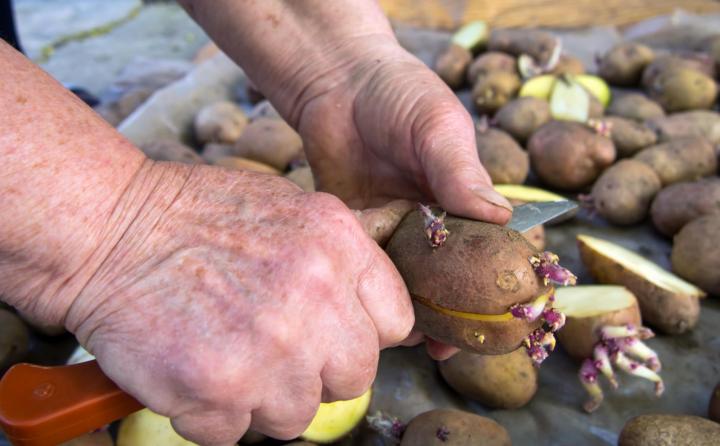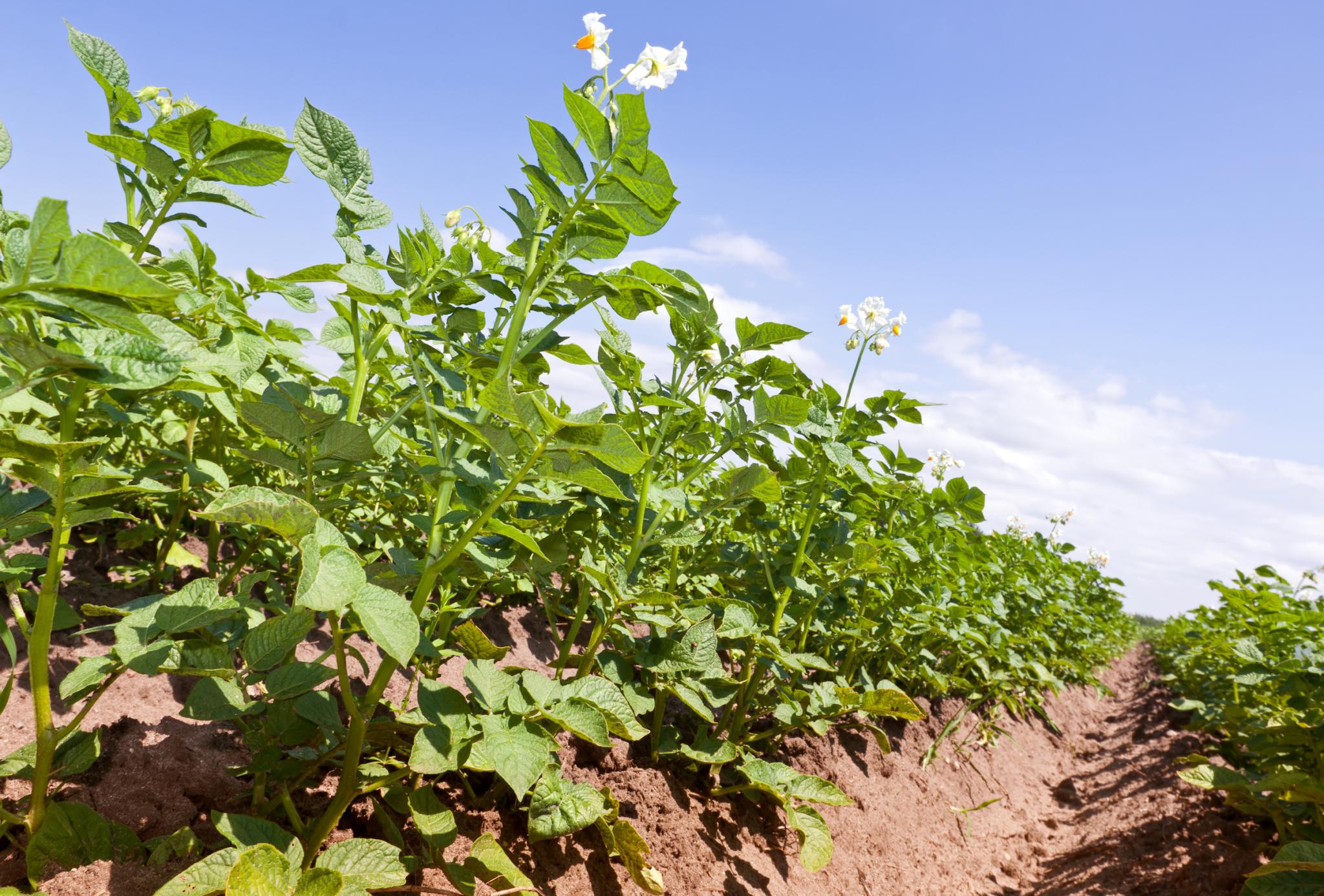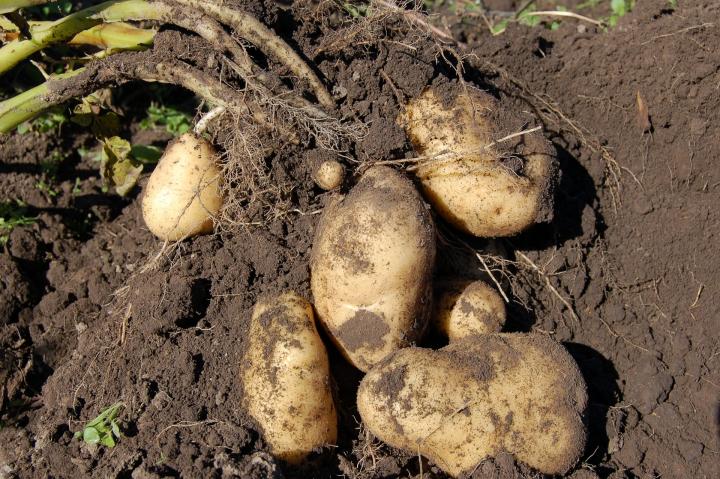
Planting, Growing, and Harvesting Potatoes
Potatoes can be prepared in many ways: boiled, mashed, cut into pieces and roasted, french-fried, scalloped, made into dumplings or pancakes, grated into hash browns, and even brewed as alcoholic beverages.
Most potato dishes are served hot, but some are first cooked, then served cold, notably potato salad and potato chips.
Check out our recipe archives to find potato recipes that range from plain to fancy!
More Like This
ADVERTISEMENT
We planted last season and got about 10 pounds. Some of the smaller ones have developed eyes and seem to be growing stems (this was s in our pantry). Is there anyway or anything we can do to use them to plant this next spring? We live in yorktown, va. We started with seed potatoes (yukon gold).
Thank you for your thorough explanation of the potato growing process. I had some small red potatoes from the store that had started to sprout. I found conflicting information & decided to try different ways of handling the potato for planting. From one small potato, I took broke 2 growths off & rooted them in water. Others were cut in two & rooted in water (4 plants). And a couple were just planted whole. They were planted in a no dig plot of good 2 yr old mulch about 5 inches deep in mid-May. After they grew some, I added more mulch. They all grew, though the ones without a potato were smaller plants. I kept them watered (hot summer). After about a month & a half, they were lush green plants. They didn't flower. Then the leaves started turning yellow & dying, but new leave grew from the stems. They all grew again, but one of the potato-less plants died after growing new leaves. I dug around around & found 1 potato. That was about 3 wks ago. Now I've found a couple new potato plants popping up between the existing ones. Would potatoes that grew from these plants sprout & grow a plant this year? Should I did them up or wait for the plants to die again? (Still no flowers.) Sorry for the long prose & thank you for any advice you can give.
Interesting experiment, Ellee! Congratulations! We can not say for certain whether your plants would grow (again). The most significant question we would have is, was the “mother” potato organic? You did not indicate. Grocery store potatoes are often treated and so are not suitable to grow as plants. That said, many will sprout eyes and may even take root. We would advise that you start again with “seed” potatoes (they cost only pennies—ok, maybe dimes) or some potatoes that you can confirm are untreated (organic) such as you might buy at a farmer’s market (be sure to ask, of course). That way, you can be assured that the plants and spuds can continue to be planted year after year.
can I use oak leaves as a mulch?
Yes, oak leaves can be used as a natural mulch. They contain a lot of tannins, which isn’t a bad thing, but it does mean that they will take a long time to break down. We would suggest shredding the leaves before you use them as mulch. Otherwise, they may stick together too much when they get wet, making it hard for water to get through to the soil.


 Preparing seed potatoes for planting. Photo by tanyss/Getty Images.
Preparing seed potatoes for planting. Photo by tanyss/Getty Images.









Comments